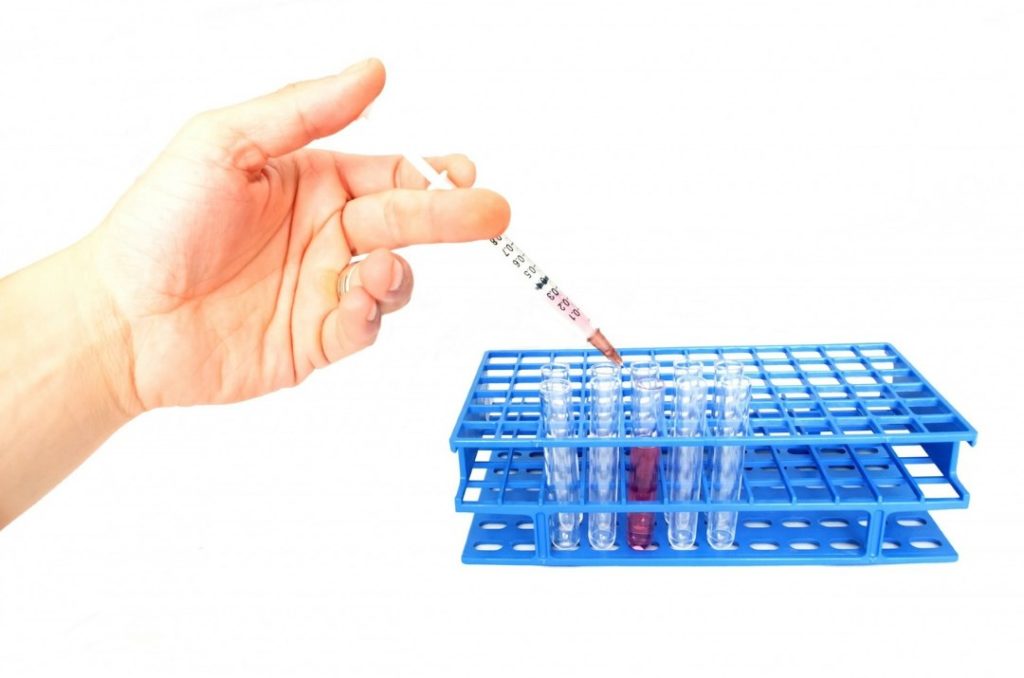
Contents
What is DPT vaccine?
DPT vaccine protects against diphtheria, pertussis and tetanus. Diphtheria, tetanus, and pertussis are serious diseases caused by bacteria.- Diphtheria causes a thick coating in the nose, throat, and airway. It can lead to breathing problems, paralysis, heart failure, and even death.
- Tetanus (lockjaw) causes painful tightening of the muscles, usually all over the body. It can lead to “locking” of the jaw so the victim cannot open his mouth or swallow. Tetanus leads to death in about 1 out of 10 cases.
- Pertussis (whooping cough) causes coughing so severe that it is hard for infants to eat, drink, or breathes. These spells can last for weeks. It can lead to pneumonia, seizures (convulsions), brain damage, and death.
- DPwT- popularly known as triple antigen. it is composed of diphtheria toxoids and tetanus as well as killed whole pertussis bacilli
- DPaT- it is composed of tetanus and diphtheria toxoid along with acellular pertussis.
- TDap- it is a low dose vaccine used as a booster dose in adults
- Dt- it is 1/10th dose of diphtheria toxoid that is in DPwT/DPaT vaccine
DPT Immunization schedule
- 6 weeks – DPwT-1 or DPaT-1
- 10 weeks – DPwT-2 or DPaT-2
- 14 weeks – DPwT-3 or DPaT-3
- 15 – 18 months – DPwT booster -1 or DPaT booster -1
- 5 years – DPwT booster -2 or DPaT booster -2
- 10 years – TdaP
Effectiveness
The vaccine is 95% effective in preventing all three diseases. Immunity against diphtheria lasts about 10 years, therefore a booster dose of TDaP (at age 10) and Dt vaccine is needed every 10 years to maintain immunity.Side effects
Mild Problems (Common)- Fever (up to about 1 child in 4)
- Redness or swelling where the shot was given (up to about 1 child in 4)
- Soreness or tenderness where the shot was given (up to about 1 child in 4)
- Fussiness (up to about 1 child in 3)
- Tiredness or poor appetite (up to about 1 child in 10)
- Vomiting (up to about 1 child in 50)
- Seizure (jerking or staring)
- Non-stop crying, for 3 hours or more (up to about 1 child out of 1,000)
- High fever, 105 degrees Fahrenheit or higher (about 1 child out of 16,000)
- Serious allergic reaction (less than 1 out of a million doses)
- Long-term seizures, coma, or lowered consciousness
- Permanent brain damage.